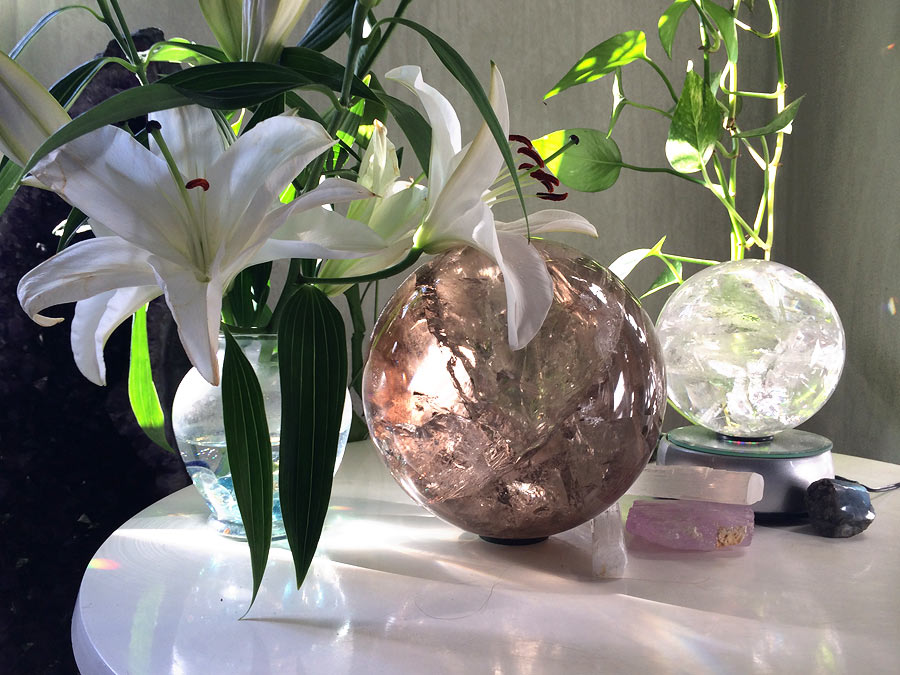I spent a week in Costa Rica at a retreat called Pura Vida. I love yoga, eco-adventures and healing retreats; they are always profound. But, my point is, that I had never worked with my breath the way I did that week and I have never felt the benefits as I did that week. It’s called Hum Sa because this is supposed to be the sacred sound our breath makes as we inhale (Hum) and exhale (Sa). As you are breathing in, imagine that your breath is actually filling your vessel. Breathe and feel the air going in through the top part of your nose and traveling down to the base of your spine. Let yourself fill up with air, filling up your stomach to the point where your chest fills up as well. Putting your right hand above your navel and the left on your chest might help you become accustomed to this new movement. Notice how full you can become. Before you begin the next inhalation, just as a metronome pauses before it reverses direction, slow down your rhythm for several seconds. When you reach this point in your breathing, it is as though time does not exist and you are fully in the present.
Then release the breath from the chest downward or, in other words, so that the hand on your chest deflates before the hand on your stomach area. Really exhale all the way out, allowing the toxins and carbon dioxide to flow out. This breath is heavier and you will feel it exiting through the bottom part of your nose. Let your thoughts pass by like clouds. Feel negativity and tension draining from you.
Focused, deep breathing helps transform the air we breathe into energy. The thoughts we have during our breathing exercises affect the vibrancy of the energy. Think happy thoughts and trust that you are doing it correctly and you will be doing it correctly.
Practice this in a quiet moment to get the flow and then start applying it in your daily life whenever you feel stress or fear.

